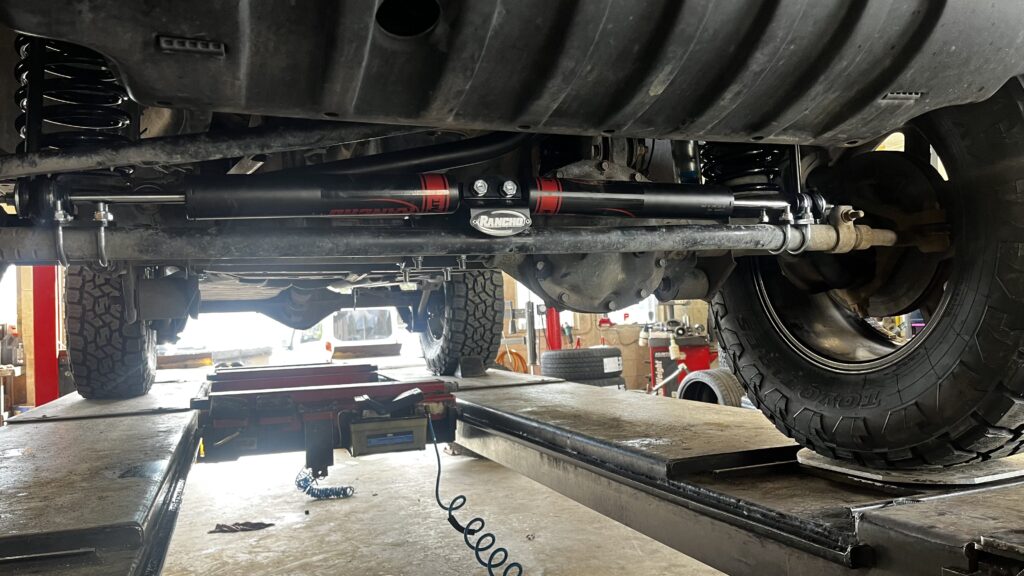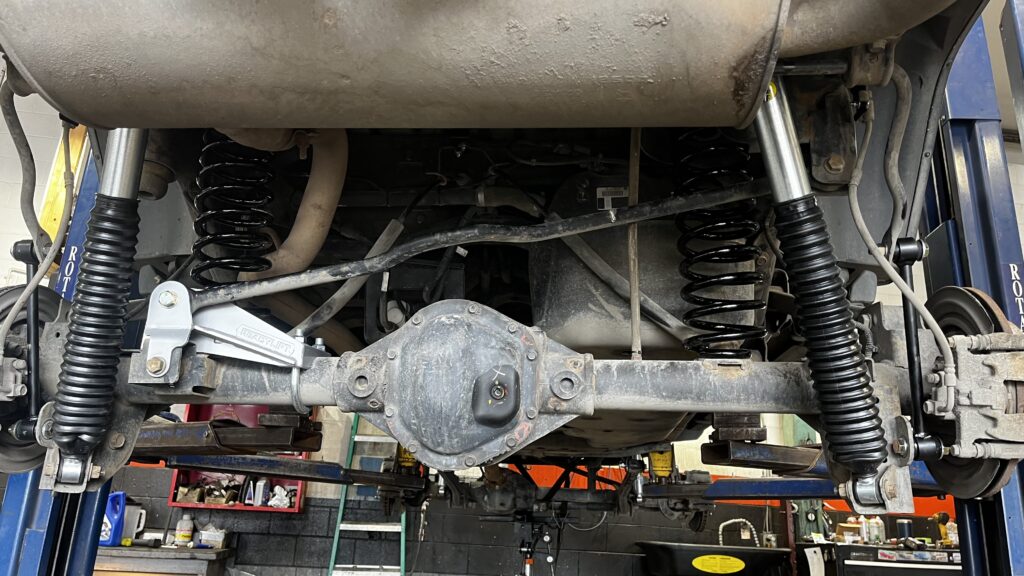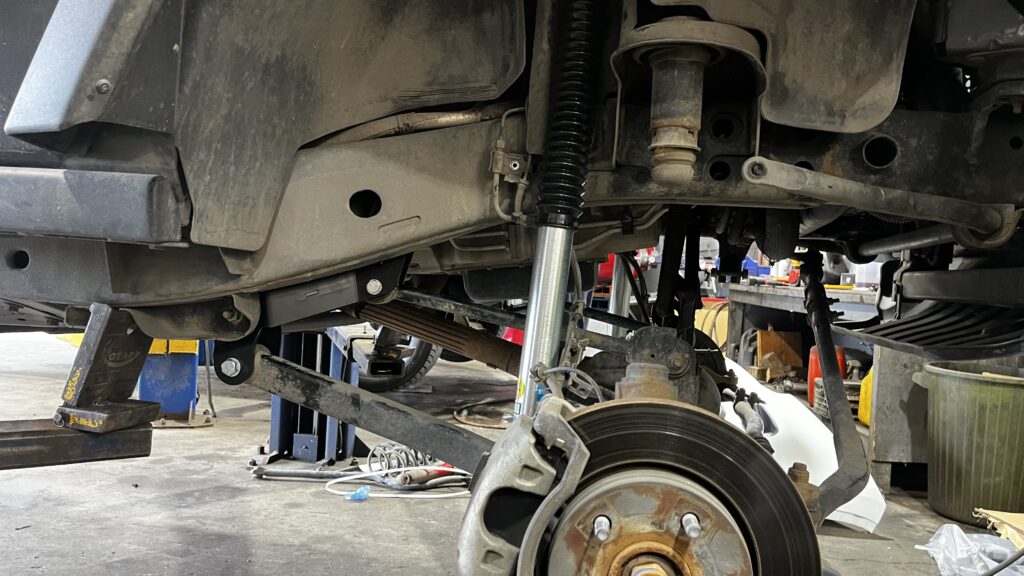Suspension
Understanding Suspension Systems & Coil Springs – How They Enhance Performance & Comfort
A vehicle’s suspension system is crucial for road handling, braking efficiency, and passenger comfort. It connects the car’s wheels to its frame through a combination of springs, shock absorbers, and linkages that absorb road impacts while maintaining stability.
What Does a Suspension System Do?
– Improves handling – Ensures tires stay in contact with the road for better grip.
– Enhances braking – A well-maintained suspension supports shorter stopping distances.
– Boosts comfort – Reduces vibrations and road noise for a smoother ride.
– Protects vehicle components – Prevents unnecessary damage to cargo, tires, and mechanical parts.
Front vs. Rear Suspension Systems
Most vehicles have different designs for front and rear suspension to balance steering control, stability, and weight distribution.
Coil Springs – The Backbone of Suspension Performance
What Are Coil Springs?
Coil springs, also called helical springs, are designed to absorb shock and maintain stability in a vehicle’s suspension system. These springs store energy, compress when needed, and return to their original shape, providing consistent suspension support.
Types of Coil Springs Used in Suspension Systems:
– Compression Coil Springs – Resist compression and provide shock absorption for a smoother ride.
– Torsion Coil Springs – Function under twisting force, aiding in weight distribution and handling.
– Metal Coil Springs – Made by winding metal wire into a cylindrical shape for strength and durability.
Why Suspension Maintenance Matters
– Worn-out coil springs affect vehicle stability and safety.
– Damaged suspension components can lead to poor handling and uneven tire wear.
– Regular inspections ensure your vehicle remains comfortable, responsive, and reliable.
Need Suspension Repair or Coil Spring Replacement? Contact Us Today!



